Greener, smarter, more livable: How Tashkent will change over the next 20 years
A new standard has been developed to enhance the appearance of Tashkent. According to this standard, the exteriors of buildings across the city will be harmonized into a unified architectural style.
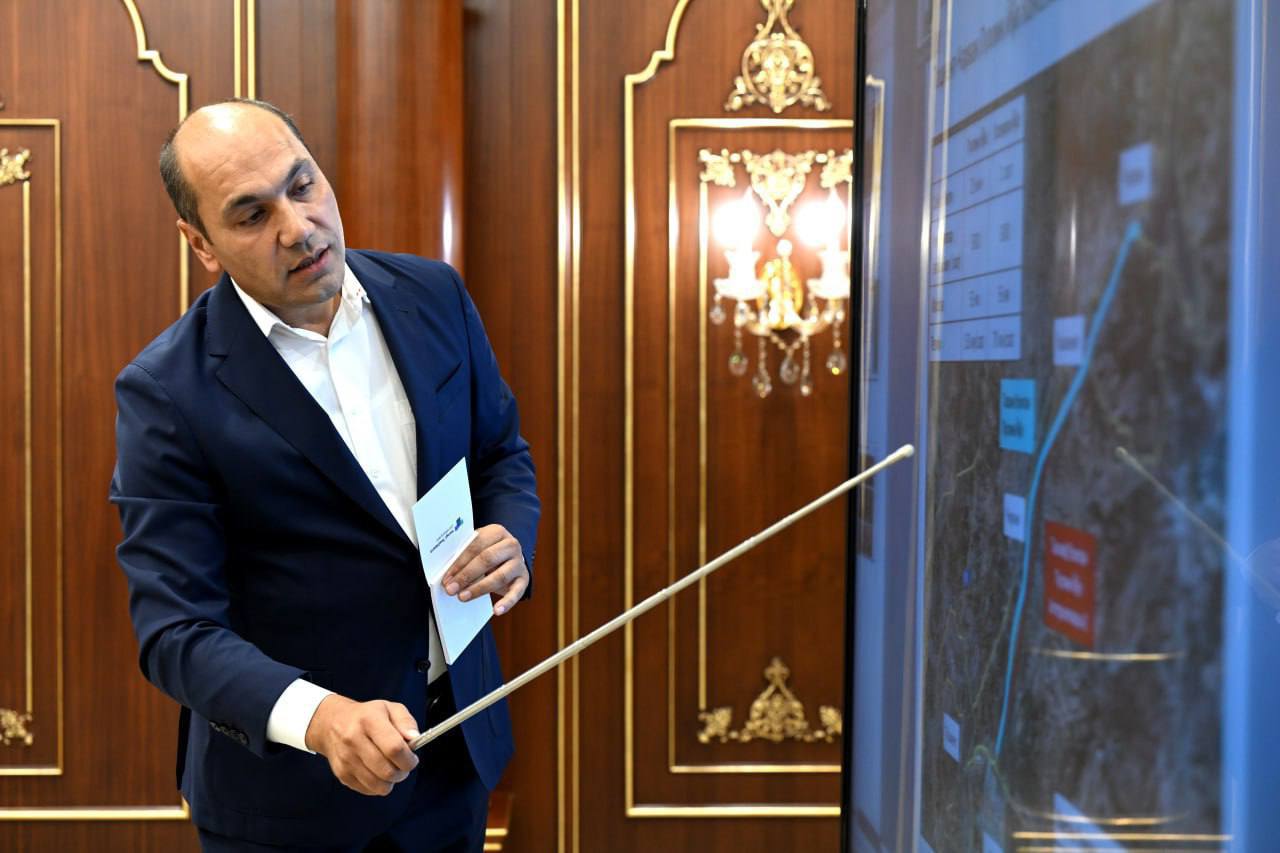
Photo: Presidential press service
On July 9, 2025, a presentation was held to introduce new urban planning standards for Tashkent. President Shavkat Mirziyoyev was presented with the “Atlas of Solutions” project — a new vision to improve the appearance of both Tashkent and the under-construction New Tashkent.
The new standard complements the city’s master plan for 2045, offering clear guidelines and recommendations aimed at improving the city’s landscape. It covers aspects such as the surroundings of roads and buildings, landscaping of public spaces, preservation of architectural harmony, and incorporation of national character.
During the presentation, the president issued instructions to enhance the city’s appearance, improve living standards, and regulate the areas surrounding roads.
Under the new approach, road construction will no longer focus solely on the carriageway but will encompass the entire streetscape.
The “Atlas of Solutions” consists of five volumes that define uniform standards for construction, design, and use. It aims to minimize errors in urban planning while ensuring environmental and aesthetic considerations are met.
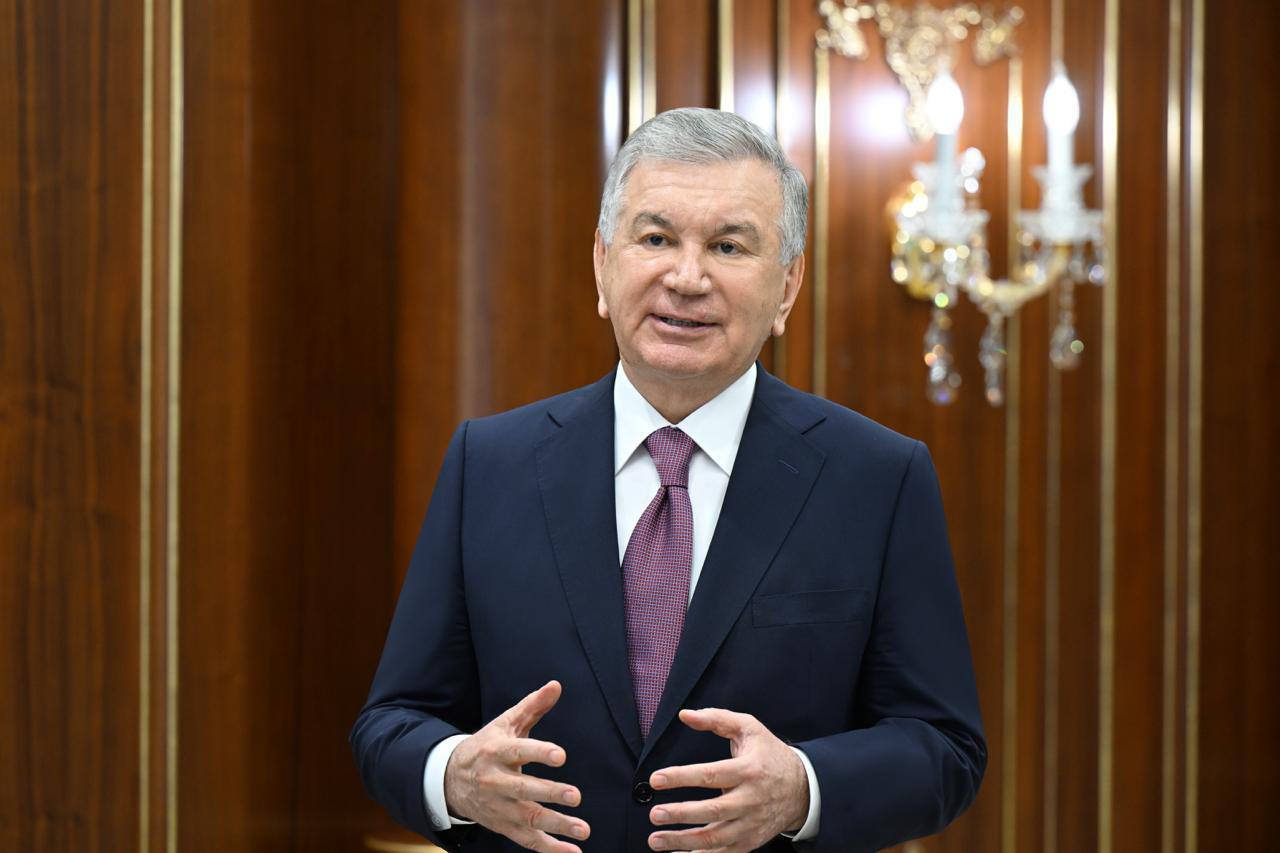
About the Tashkent city master plan
On December 24, 2024, the government approved a resolution titled “On the Approval of Tashkent’s Master Plan Until 2045.” The document outlines a comprehensive strategy for the city’s development, planning of construction activities, and improvement of infrastructure.
According to the resolution, the maps outlining the master plan’s core indicators will be made publicly accessible via the Urban Planning Cadastre and Geo-information System of the Ministry of Construction and Housing.
From now on, all construction activities must be carried out strictly in line with the approved master plan. This involves developing and approving a master plan, a detailed area plan, or a construction project for each territory. At the end of every quarter, the mayor of Tashkent will submit a report to the government on the implementation progress of the master plan. Individuals responsible for violating these regulations will face penalties under the law.
The master plan aims to resolve several key issues:
- Zoning of city areas;
- Ensuring adequate conditions for population movement and stable traffic flow;
- Maintaining stable density parameters across urban areas.
The city will be Divided into zones
Under the master plan, the territory of Tashkent will be divided into conservation, reconstruction, and renovation zones.
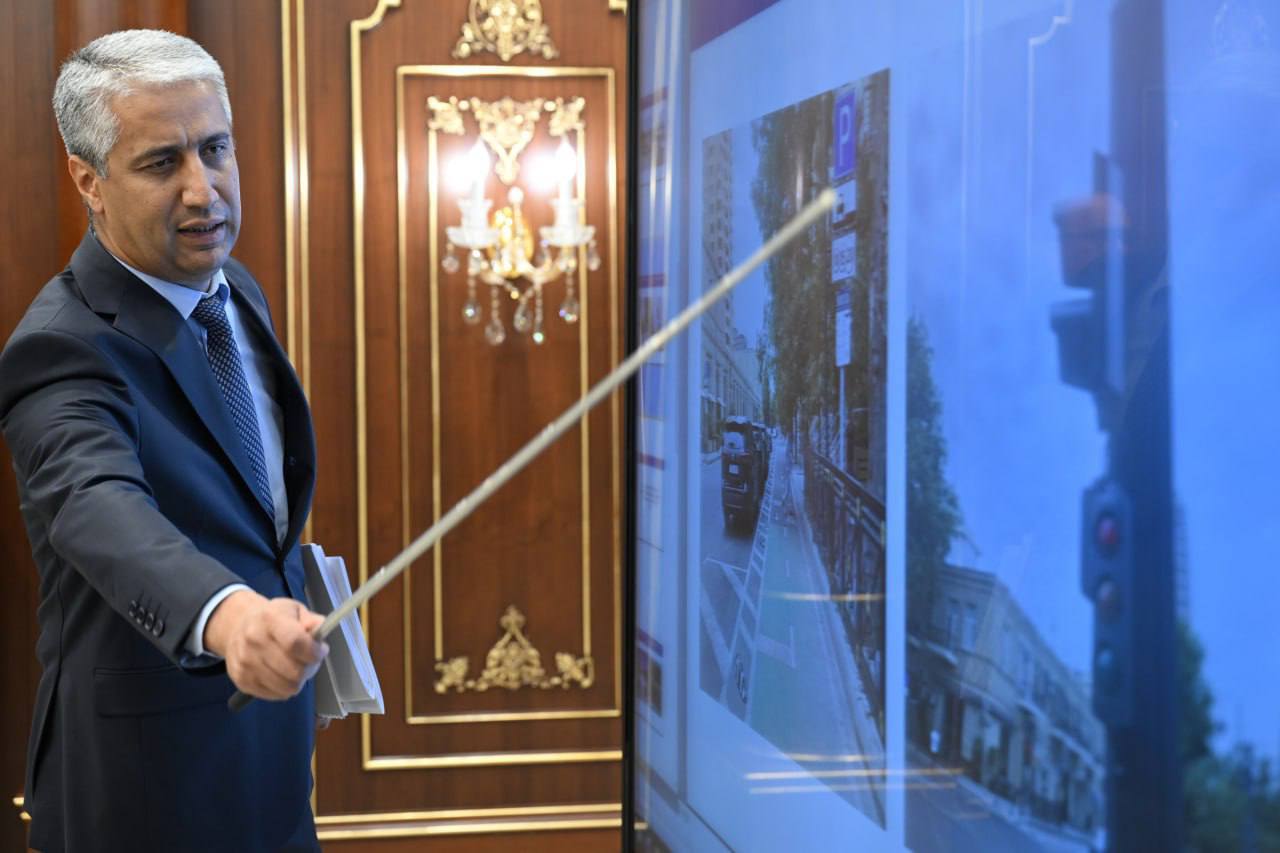
Conservation zones will focus on improving the city's environmental and sanitary conditions, as well as cultural and social environments. Green areas, water protection zones, roadside buffer areas, and cultural heritage sites will be protected. New residential and non-residential construction in these areas will be strictly prohibited.
Reconstruction zones will undergo redevelopment based on public opinion and with the approval of the city administration. These zones include areas developed in the last five years, where a livable environment has already been established, and where no major upgrades are needed.
Although reconstruction will take place in these areas, population density will remain unchanged. Design codes will be developed for each district to modernize building exteriors, beautify public spaces and open areas, and permit construction of additional social and infrastructure facilities.
Renovation zones refer to areas designated for complete redevelopment. Here, buildings and structures that are unusable, environmentally harmful, or fail to meet earthquake resistance standards will be demolished. New developments will be carried out based on comprehensive master plans and project designs.
The next 20 years: Long-term plans
Tashkent currently spans an area of 43,873 hectares and is home to over 3 million residents. By 2045, the population is expected to grow to 7.4 million. The master plan takes demographic growth as one of its central considerations.
According to the resolution, the total area of green spaces in Tashkent — including restricted areas — stands at 7,120 hectares. Of this, 893 hectares are public-use green spaces, 5,102 hectares are restricted-access green spaces, and 1,125 hectares are special-purpose green areas.
The master plan envisions the creation of an additional 10,000 hectares of green spaces by 2045. Furthermore, a 15,000-hectare green belt will be established around the city.
Currently, each Tashkent resident has access to 5 square meters of green space. Over the next 20 years, this figure is expected to increase to 8 square meters per capita.
As of now, the total length of roads in Tashkent is 836 kilometers. The master plan aims to construct an additional 647 kilometers of new roads and widen 140 kilometers of existing ones by 2045.
Increasing the share of public transportation usage is also a top priority. In the next 20 years, 27 transport hub centers (Park and Ride) and new metro lines are planned. By 2045, the goal is to raise public transportation usage to 60%.
Related News
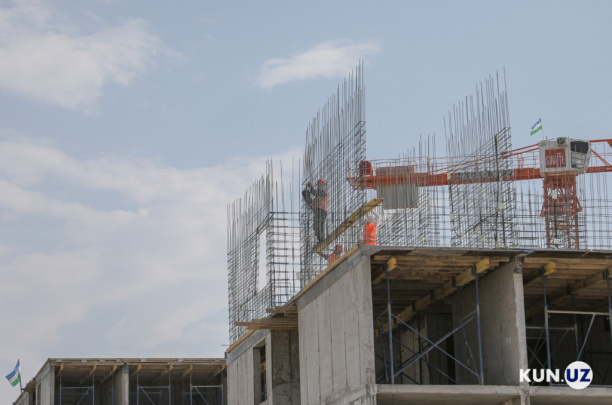
14:41 / 30.07.2025
Dozens of high-rise construction projects halted in Tashkent – full list published
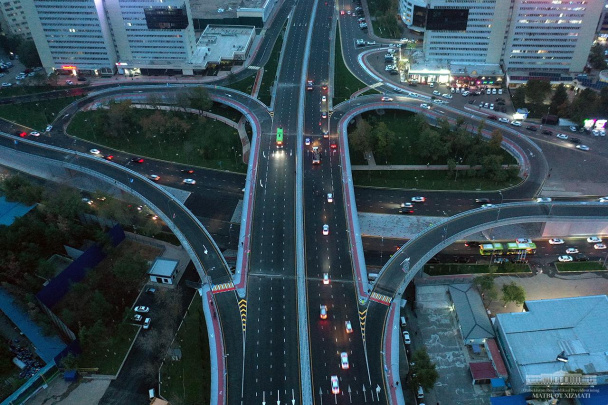
18:55 / 28.07.2025
Reconstruction of flyover near Tashkent airport cost UZS 48 billion more than planned
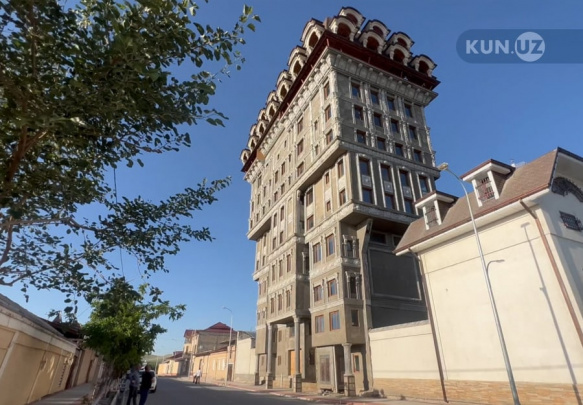
16:55 / 28.07.2025
$3 million illegal high-rise in Samarkand faces demolition after years of delays

15:00 / 28.07.2025



